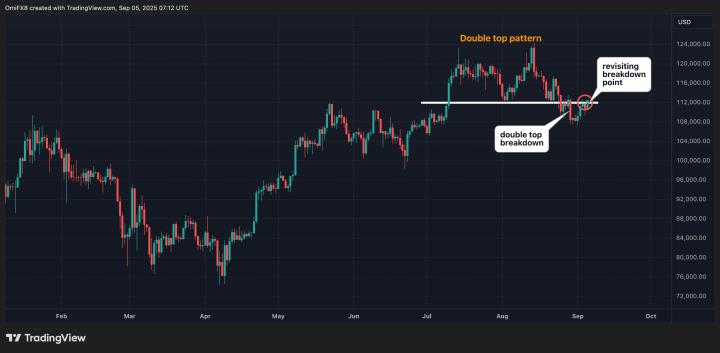
The Bank of England has relaxed its regulatory framework for stablecoins, allowing issuers to hold some collateral as short-term government bonds. This reflects the growing use of stablecoins beyond simple retail payments and into the infrastructure for tokenized securities settlements.
Sarah Breeden, Deputy Governor of the Bank of England, emphasized that "the existing framework announced in 2023 was not ideal for stablecoin issuers," adding that "while initially designed for retail payments, they are now taking on a new role within the financial market structure." She specifically stated that "in the future, stablecoins will be used to settle tokenized securities."
This measure will allow stablecoin issuers to move beyond their existing reliance on cash and bank deposits as collateral and instead incorporate short-term government bonds, ensuring both liquidity and stability. This is expected to enhance the legal and institutional credibility of stablecoins, increasing their potential for inclusion in institutional investors and the financial infrastructure.
The Bank of England's decision is expected to impact the global stablecoin regulatory landscape, alongside discussions surrounding the EU's MiCA and the US stablecoin legislation. As stablecoins move beyond mere payment methods to become the foundation for tokenized assets, central banks and regulators around the world are accelerating their policy shifts.








